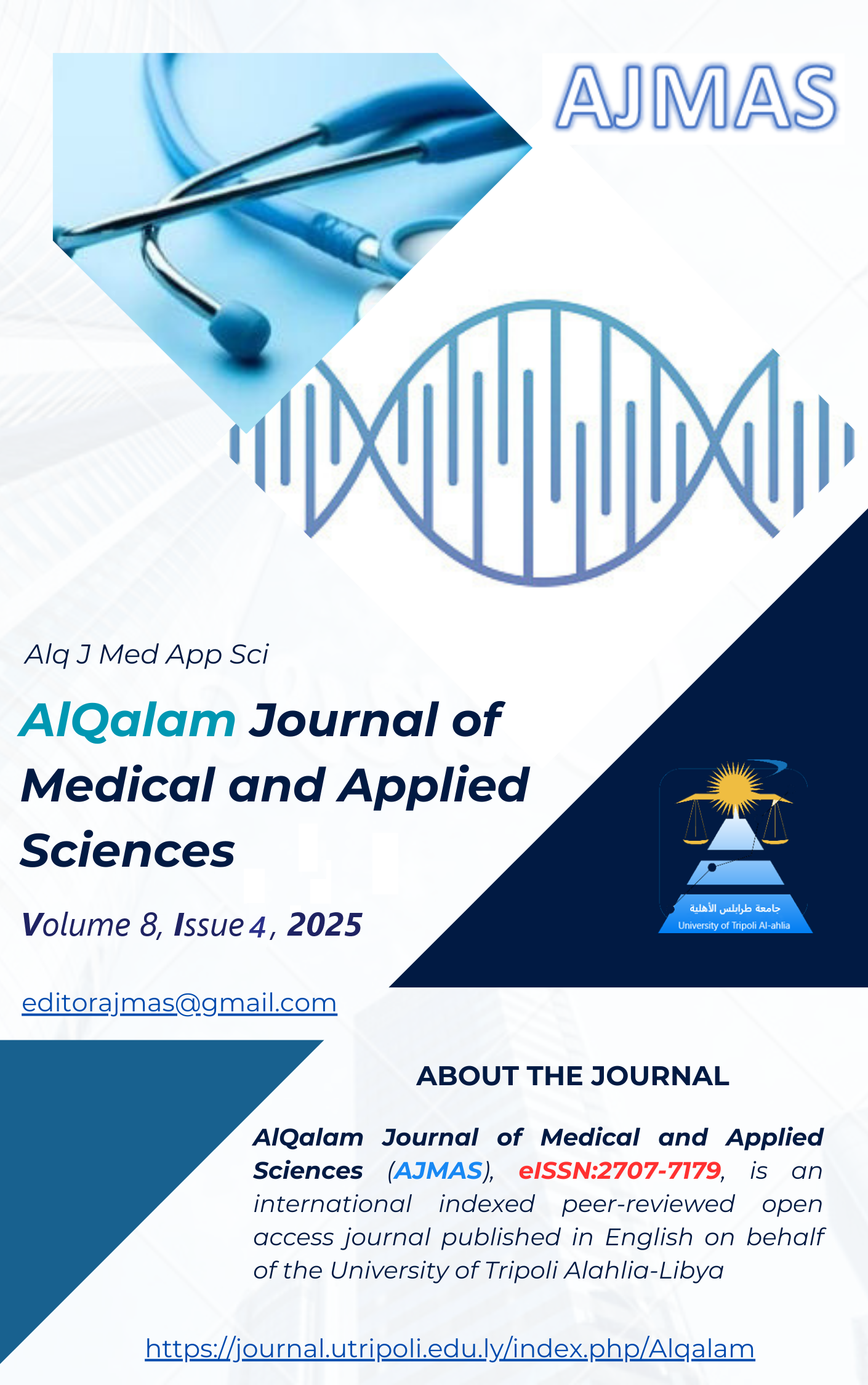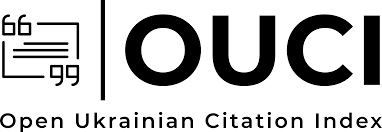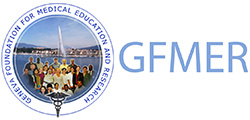Assessment of Hand Hygiene Practices in Misurata Polyclinics Using the WHO HHSAF Tool
DOI:
https://doi.org/10.54361/ajmas.258465Keywords:
Hand Hygiene, Infection Prevention, HHSAF, Healthcare-Associated Infections (Hais)Abstract
Hand hygiene is a simple, cost-effective intervention to reduce infection transmission. This study assessed hand hygiene compliance in Misurata polyclinic centers using the WHO Hand Hygiene Self-Assessment Framework (HHSAF). A cross-sectional study was conducted in June 2024 across all six public polyclinic centers. Data were collected through interviews with infection prevention and control staff using the HHSAF tool. Total scores ranged from 230 (basic level) to 377.5 (advanced level), with a mean of 304.58 (SD = 49.35), corresponding to an intermediate level. Domain mean scores were: system changes 70.00, education and training 73.33, evaluation and feedback 54.58, reminders in the workplace 59.17, and institutional safety climate 47.50. Education and training were the strongest domains, while institutional safety climate was the weakest. Hand hygiene programs in Misurata polyclinic centers are moderately implemented. Strengths lie in education and training, but gaps in safety climate and monitoring highlight the need for targeted improvements to strengthen infection prevention practices.
Downloads
Published
How to Cite
Issue
Section
License
Copyright (c) 2025 Alyaa Azzain, Rehab Eltayeb

This work is licensed under a Creative Commons Attribution 4.0 International License.














